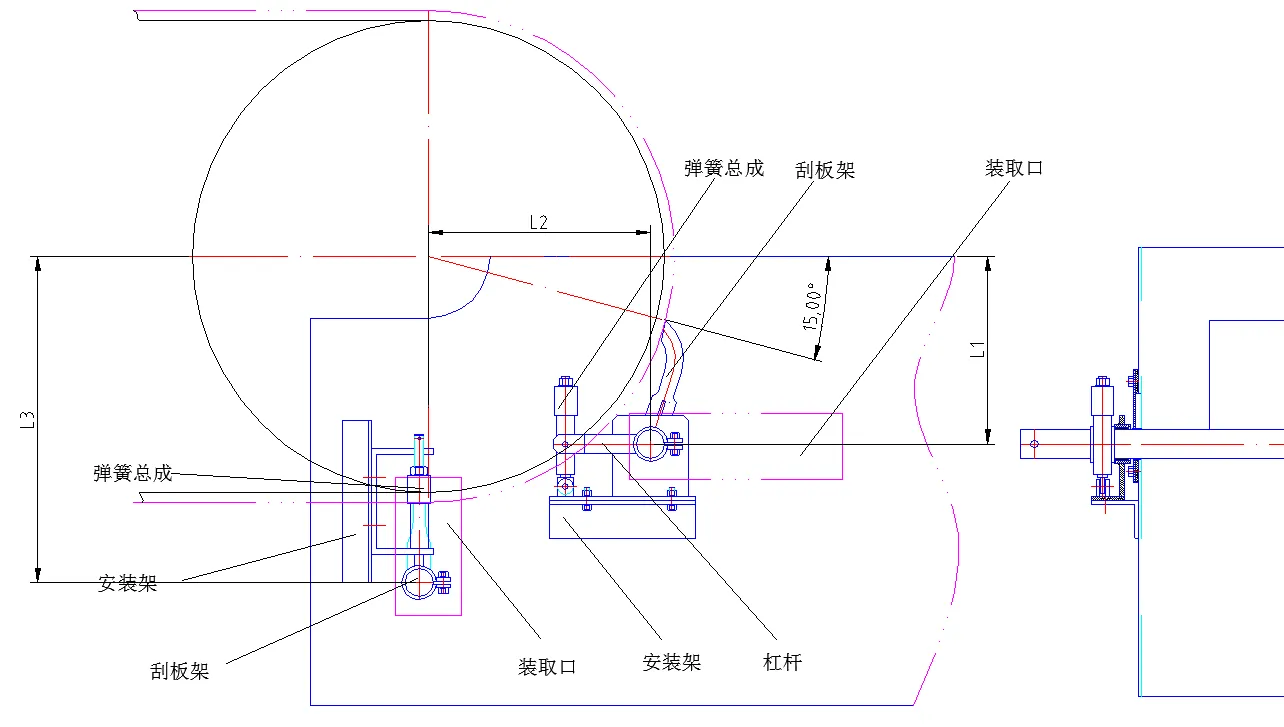 Afrikaans
Afrikaans  Albanian
Albanian  Amharic
Amharic  Arabic
Arabic  Armenian
Armenian  Azerbaijani
Azerbaijani  Basque
Basque  Belarusian
Belarusian  Bengali
Bengali  Bosnian
Bosnian  Bulgarian
Bulgarian  Catalan
Catalan  Cebuano
Cebuano  Corsican
Corsican  Croatian
Croatian  Czech
Czech  Danish
Danish  Dutch
Dutch  English
English  Esperanto
Esperanto  Estonian
Estonian  Finnish
Finnish  French
French  Frisian
Frisian  Galician
Galician  Georgian
Georgian  German
German  Greek
Greek  Gujarati
Gujarati  Haitian Creole
Haitian Creole  hausa
hausa  hawaiian
hawaiian  Hebrew
Hebrew  Hindi
Hindi  Miao
Miao  Hungarian
Hungarian  Icelandic
Icelandic  igbo
igbo  Indonesian
Indonesian  irish
irish  Italian
Italian  Japanese
Japanese  Javanese
Javanese  Kannada
Kannada  kazakh
kazakh  Khmer
Khmer  Rwandese
Rwandese  Korean
Korean  Kurdish
Kurdish  Kyrgyz
Kyrgyz  Lao
Lao  Latin
Latin  Latvian
Latvian  Lithuanian
Lithuanian  Luxembourgish
Luxembourgish  Macedonian
Macedonian  Malgashi
Malgashi  Malay
Malay  Malayalam
Malayalam  Maltese
Maltese  Maori
Maori  Marathi
Marathi  Mongolian
Mongolian  Myanmar
Myanmar  Nepali
Nepali  Norwegian
Norwegian  Norwegian
Norwegian  Occitan
Occitan  Pashto
Pashto  Persian
Persian  Polish
Polish  Portuguese
Portuguese  Punjabi
Punjabi  Romanian
Romanian  Russian
Russian  Samoan
Samoan  Scottish Gaelic
Scottish Gaelic  Serbian
Serbian  Sesotho
Sesotho  Shona
Shona  Sindhi
Sindhi  Sinhala
Sinhala  Slovak
Slovak  Slovenian
Slovenian  Somali
Somali  Spanish
Spanish  Sundanese
Sundanese  Swahili
Swahili  Swedish
Swedish  Tagalog
Tagalog  Tajik
Tajik  Tamil
Tamil  Tatar
Tatar  Telugu
Telugu  Thai
Thai  Turkish
Turkish  Turkmen
Turkmen  Ukrainian
Ukrainian  Urdu
Urdu  Uighur
Uighur  Uzbek
Uzbek  Vietnamese
Vietnamese  Welsh
Welsh  Bantu
Bantu  Yiddish
Yiddish  Yoruba
Yoruba  Zulu
Zulu Innovative Snub Pulley Solutions for Enhanced Efficiency in Mechanical Systems
Understanding Snub Pulleys An Essential Component in Mechanical Systems
In the realm of mechanical systems, various components work collaboratively to ensure smooth and efficient operation. One such critical element is the snub pulley. This article delves into the intricacies of snub pulleys, exploring their design, functionality, applications, and importance in mechanical systems.
What is a Snub Pulley?
A snub pulley, often referred to as a tension pulley or guide pulley, is a cylindrical device that changes the direction of a belt or cable in mechanical systems. It is specifically designed to maintain tension in the belt or cable, thereby preventing slippage and ensuring smooth operation. The snub pulley is typically used in conjunction with other pulleys to create a pulley system that can drive various equipment and machinery.
Design and Functionality
The design of a snub pulley is relatively straightforward, yet it plays a crucial role in the functionality of a mechanical system. Snub pulleys are usually mounted on a frame and can be made from various materials, including steel, aluminum, or plastic, depending on the application's needs. They come in various sizes and diameters to accommodate different types of belts or cables.
When a belt or cable encounters a snub pulley, it is redirected, allowing for changes in the driving angle or orientation. This redirection helps to maintain tension in the system, which is critical for effective power transmission. If a belt were to lose tension, it could result in slippage, vibration, and eventual failure of the machinery. Hence, the snub pulley plays an essential role in ensuring operational efficiency.
Applications of Snub Pulleys
snub pulley

Snub pulleys find application across numerous industries, including manufacturing, automotive, and material handling. In manufacturing settings, they are often used in conveyor systems to guide belts and maintain the necessary tension to transport goods efficiently. In the automotive industry, snub pulleys are integral to drive systems, playing a part in the functioning of various engine components.
Another significant application of snub pulleys is in cable-driven systems, such as elevators and cranes. In these systems, the snub pulley helps guide the cables, ensuring they remain under the correct tension and operate smoothly. This application is vital for safety and reliability, as any failure in the pulley system could lead to catastrophic results.
Importance of Snub Pulleys in Mechanical Systems
The importance of snub pulleys cannot be overstated. They help to prevent wear and tear on belts and cables, prolonging their lifespan and reducing maintenance costs. By facilitating smooth transitions in direction, snub pulleys contribute to the overall efficiency of mechanical systems. Moreover, their role in tension management helps to minimize the risk of system failure, ensuring safety for both operators and equipment.
Additionally, the versatility of snub pulleys means they can be adapted to various applications and systems. Whether it’s a simple conveyor belt setup or a complex cable-driven mechanism, snub pulleys can be integrated seamlessly to enhance functionality and performance.
Conclusion
In summary, snub pulleys are an essential component in a wide variety of mechanical systems. Their ability to maintain tension, change direction, and prevent slippage makes them invaluable in many industrial applications. Understanding the design and functionality of snub pulleys is crucial for engineers and technicians who work with mechanical systems, as it allows for better maintenance practices and system optimization.
As industries continue to evolve and innovate, the role of snub pulleys will remain significant in ensuring efficient and reliable operation. By investing time in understanding and selecting the right snub pulleys for specific applications, businesses can achieve greater operational efficiency and minimize downtime, ultimately leading to improved productivity and cost savings. Thus, recognizing the importance of snub pulleys is key to mastering the complexities of mechanical systems in today’s fast-paced industrial environment.
-
Revolutionizing Conveyor Reliability with Advanced Rubber Lagging PulleysNewsJul.22,2025
-
Powering Precision and Durability with Expert Manufacturers of Conveyor ComponentsNewsJul.22,2025
-
Optimizing Conveyor Systems with Advanced Conveyor AccessoriesNewsJul.22,2025
-
Maximize Conveyor Efficiency with Quality Conveyor Idler PulleysNewsJul.22,2025
-
Future-Proof Your Conveyor System with High-Performance Polyurethane RollerNewsJul.22,2025
-
Driving Efficiency Forward with Quality Idlers and RollersNewsJul.22,2025





























